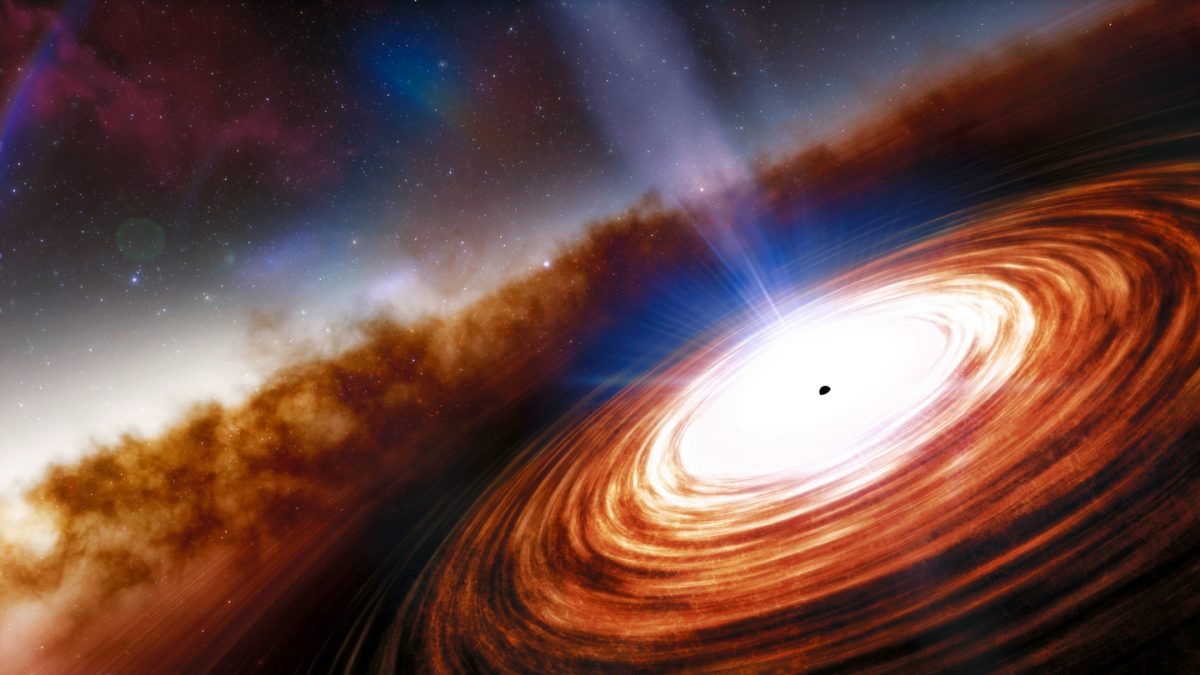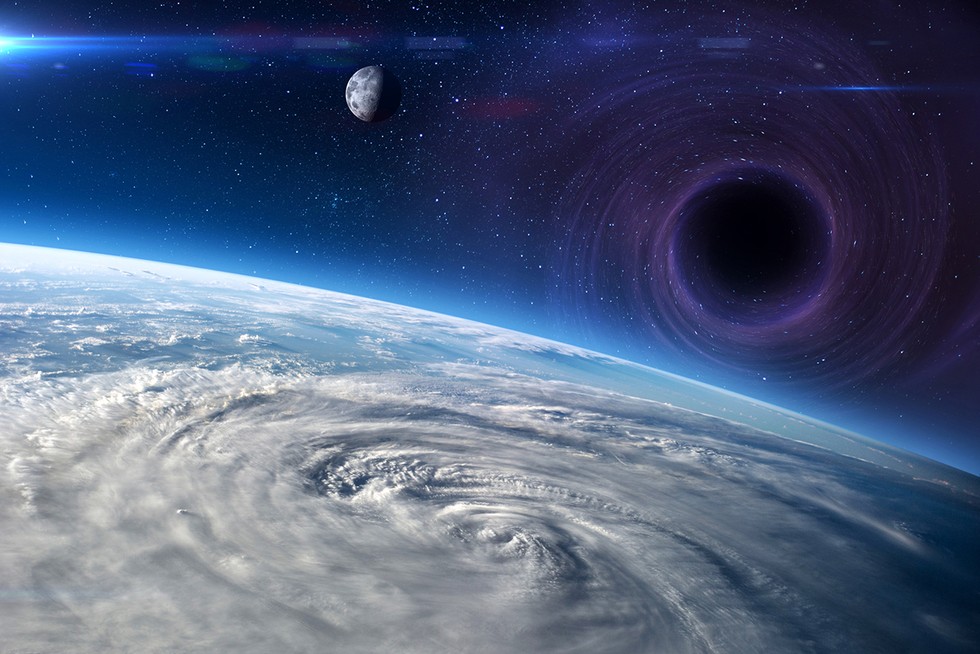A group of astronomers from different parts of the world has reclassified a galaxy called PBC J2333.9-2343, located 657 million light-years away from Earth. They discovered that the galaxy's supermassive black hole, located at its center, has shifted direction and is now directed towards our planet. This discovery led the team to conduct extensive observations to verify their hypothesis that the relativistic jet of the black hole had indeed changed direction.
Dr Lorena Hernandez-Garcia, who is part of the team, stated that they initially studied the galaxy because of its peculiar properties. The study revealed that the galaxy, previously classified as a radio galaxy, has now rotated 90 degrees, pointing its center towards Earth. Consequently, the galaxy is now classified as a "blazar," which refers to a galaxy with jet points that are directed towards Earth.

According to the Royal Astronomical Society, blazars are powerful phenomena in the Universe and considered to be highly energetic objects. The team's findings provide an opportunity for researchers to study blazars' properties, including the impact of the high-energy particles that emanate from these objects.
Astronomers have observed that the jet material emanating from the supermassive black hole in PBC J2333.9-2343 has created two massive lobes on opposite sides of the galaxy. These lobes are readily observable with radio waves and are among the most prominent features of the galaxy.
Dr Lorena Hernandez-Garcia explains that the presence of the lobes indicates that the nucleus is no longer feeding them, which implies that they are quite old. These lobes are considered relics of past activity. In contrast, structures closer to the nucleus represent younger and active jets. This discovery suggests that the galaxy has undergone significant changes over time, and studying these changes can provide valuable insights into the evolution of galaxies and their constituent parts.

According to the study, the exact cause of the shift in direction of the supermassive black hole in PBC J2333.9-2343 is unknown. However, some astronomers speculate that the black hole's shift may have been due to a collision with another galaxy.
Additionally, it is currently unclear what impact the black hole's new direction will have on our galaxy. Further research is required to understand the potential implications of this discovery. Nevertheless, this finding highlights the complexity and interconnectedness of astronomical phenomena, emphasizing the need for continued exploration and discovery in the field of astronomy.
What we can learn from blazars
As previously stated, blazars are among the most energetic and powerful objects in the Universe, emitting high-energy particles and light that can be observed across the electromagnetic spectrum. The recent reclassification of PBC J2333.9-2343 as a blazar offers astronomers a unique opportunity to study the properties and behavior of these fascinating objects.
Studying blazars like PBC J2333.9-2343 can provide valuable insights into the behavior and evolution of galaxies, particularly their central supermassive black holes. These objects are believed to be powered by the accretion of matter onto the black hole, which creates a relativistic jet that produces the bright emission observed from blazars. Understanding the relationship between these jets and the properties of the host galaxy can help astronomers to refine models of galaxy evolution and black hole growth.
Blazars are also important sources of information about the nature of the Universe itself. High-energy particles produced by blazars can interact with the cosmic microwave background, revealing information about the Universe's structure and history. By studying blazars like PBC J2333.9-2343, astronomers can gain a better understanding of the fundamental properties of the Universe and the processes that govern its behavior.
A window on the universe’s past
The recent reclassification of PBC J2333.9-2343 as a blazar provides a valuable opportunity for astronomers to deepen our understanding of galaxies, black holes, and the Universe as a whole. Through continued observation and analysis, we can gain valuable insights into the complex and interconnected phenomena that make up our Universe.

https://images.nasa.gov/details-iss040e088925
https://www.nasa.gov/multimedia/imagegallery/image_feature_1538.html
Software: Adobe Photoshop CC 2015. Knoll light factory. Adobe After Effects CC 2017.
Astronomers Discover Galaxy with Supermassive Black Hole Aimed at Earth
- aum
-

 1
1



3175x175(CURRENT).thumb.jpg.b05acc060982b36f5891ba728e6d953c.jpg)
Recommended Comments
There are no comments to display.
Join the conversation
You can post now and register later. If you have an account, sign in now to post with your account.
Note: Your post will require moderator approval before it will be visible.